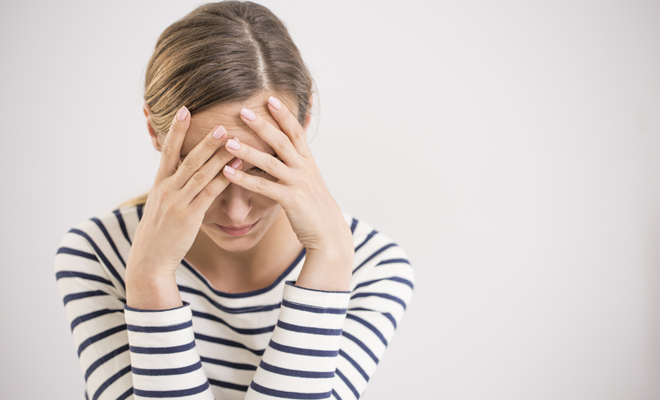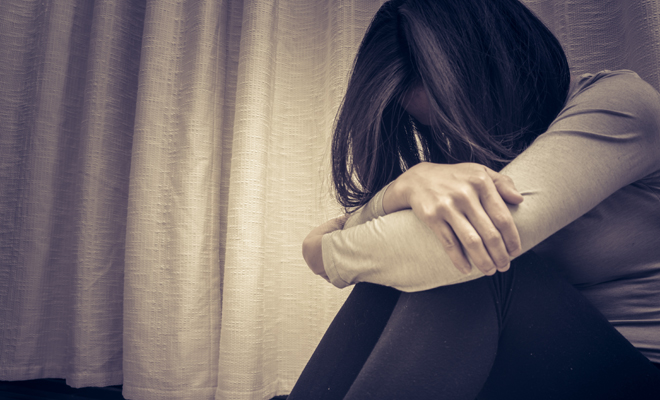The most common situation is that you go to your GP for anxiety and leave the office with a prescription for anxiolytics. And there you already have your magic pills, those that prevent an anxiety attack and that take away that anguish that you have been suffering for a while. But time goes by and you realize that giving up the pills is not as easy as you thought, right? That’s because they create addiction. we know how to stop taking anxiolytics safely without suffering withdrawal symptoms and without relapsing into anxiety. You will have to go through 7 different phases (always with medical supervision).

What are anxiolytics used for?
More and more people take anxiolytics, in most cases benzodiazepines, which are all those drugs that end in -am such as Clonazepam, Alprazolam, Clonazepam, Diazepam and an endless list. Which one has touched you? Far from our intention to demonize anxiety that more than once have gotten us out of trouble in order to avoid a panic attack.
But we also want to make things clear. Anxiolytics are dangerous because they create addiction and tolerance, something that we will explain later. Because now what we want is to banish the myth that anxiolytics are drugs for anxiety. And it’s true, its effect works miracles on an altered state of mind and they are authentic magic pills for specific moments of anxiety.
If you have just been fired, if you have been diagnosed with an illness, if you have had an accident or a traumatic experience, if a loved one has died. These are cases in which anxiolytics can appear as great allies to help you overcome that bad moment, that confusion, that anguish and that emotional upset.
Now, it is important that you remember this if it is your first time with anxiety pills: do not take anxiolytics for more than two weeks in a row. If you are emotionally overwhelmed by some important problem or by a vital crisis, it will help you more and better to go to a psychologist than to take anxiolytics.
Why you cannot leave the anxiolytics?
If you have been taking anxiolytics for a while, it can be months or even years, you will have realized how complicated it is to stop them. And the most important thing: do not leave them suddenly. You cannot leave these drugs overnight because it has serious health consequences.
In general, the main problems faced by people who want to stop taking these pills is that they find themselves relapsing into anxiety or experiencing such severe withdrawal that they have to start taking them again. Here we come to the addictive nature of anxiolytics. Not only are they addictive, but the tolerance they produce will lead you to take more and more doses if you want to achieve the same calming effect.
This is the dangerous and painful trap of anxiolytics. A medicine that in principle is designed to treat anxiety, in the long run it is the pill itself that creates that anxiety. Why don’t health professionals warn of this danger? Some do, but there are still many who prescribe anxiolytics as if they were candies for sore throats.
Anxiolytics do not treat anxiety problems, they treat the symptoms. Hence, if you want to overcome anxiety, psychological therapy is better. Nothing happens because you rely on these pills on time, but they do not serve as a treatment for anxiety, in fact they only make the problem worse.
How to get off anxiolytics safely?
When you realize this trap of anxiolytics is when you want to leave them and when you find that you can’t. The addiction has taken its toll and the withdrawal symptoms are even worse than the anxiety symptoms . What can you do? It’s hard to stop taking anxiolytics, but it can be done if you do it gradually.
Get ready for a long season in which you will have to arm yourself with courage and use all the strategies learned in psychological therapy for anxiety. Your doctor can give you several options to stop taking the pills and we especially liked one because you hardly suffer withdrawal symptoms and there is no danger of relapsing into anxiety.
These are reduction guidelines that change every 2 weeks. Each phase lasts two weeks, although you can extend it for another week if you don’t feel ready for the next one. And we start from the basis that you take a daily pill, do you agree? Let’s go with the program to reduce the intake of anxiolytics.
Phase 1 to start leaving anxiolytics
Keep taking a pill for two days and on the third you take only half a pill. So for the two weeks. One day you take one pill, another day you take a whole pill, and the next day you take half.
Phase 2: reduce the dose of anxiety pills
We go one step further. In this phase you have to take a whole pill one day and half a pill the next day. Are you ready for the next phase?
Phase 3: gradually eliminate the drugs
Some days you may have trouble or feel more anxious, but remember that it is withdrawal symptoms and that by gradually stopping the anxiolytics, you can cope with it. Come on. One day you take a pill and whole and the next two days you take half. One day one, two half days. Did you get it?
Phase 4: half a pill daily
The decisive step comes in this phase in which you have to take half a pill every day. No more taking a whole pill, so be careful because it can make you quite dizzy. But nothing happens, because you are already accustoming your body to function without so many doses.
Phase 5: the challenge of surviving without anxiety drugs
Here you find yourself with the most difficult yet but the program that you carry behind your back will give you the strength you need. Also, at this point, you will find yourself better and stronger. You are prepared to take half a pill two days and the third…none! Yes, it sounds bad, but you will survive.
Phase 6: very small dose of anxiolytics
Two weeks later you will find that on alternate days you will not take any anxiolytic. One day you take half and the next none. You are already finishing, you are about to get rid of the dependency on anxiolytics, but do not skip the last step.
Phase 7 to stop taking anxiolytics forever
This is your last step. During these two weeks you have to take half a pill one day and none two days. You are at the end, the next thing is not to take any, so if you don’t feel ready, extend this phase for another week. There is no rush, it is better to do it safely than quickly because at the end of this phase you are completely free.
Does this mean that you will never take anxiolytics again? Nothing of that. We insist that anxiolytics are a good resource when you are about to suffer an anxiety attack oar, when you receive news that you do not know how to manage, or when you have lived through a traumatic experience.
But now you know that these pills only help you if you take them on time, now you’re not going to fall into their trap again. Now you know that anxiolytics do not treat anxiety, only its symptoms. Now you are free and you can continue your path recovering from anxiety by your own means and with the help of psychological. Dog!






